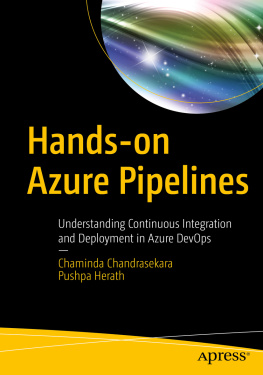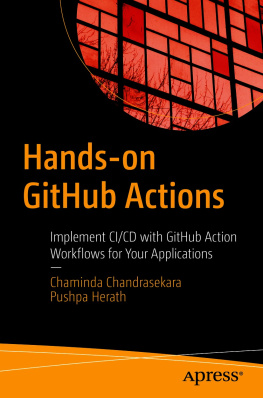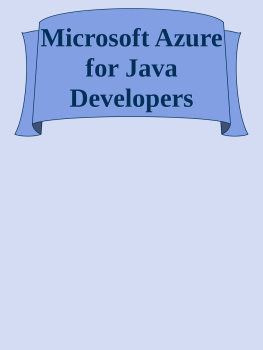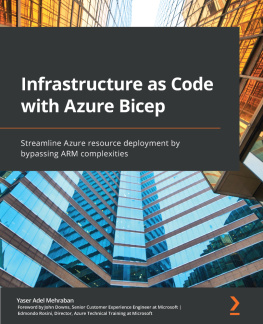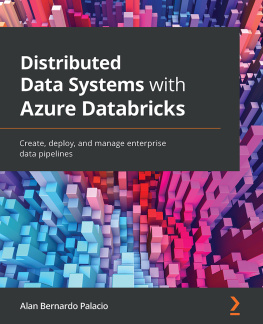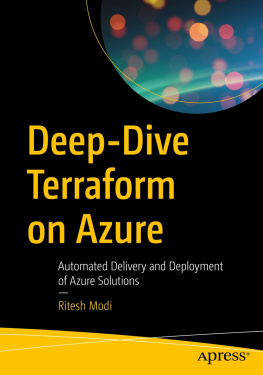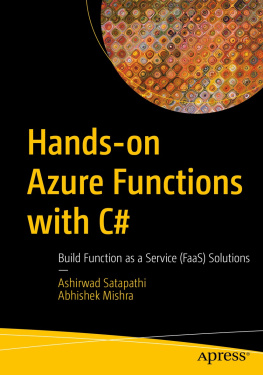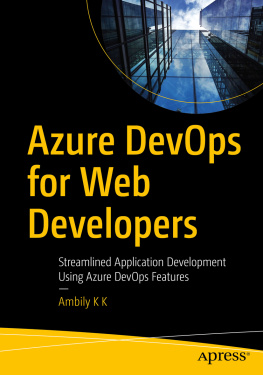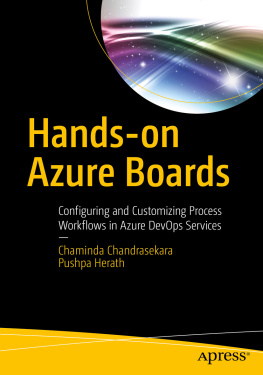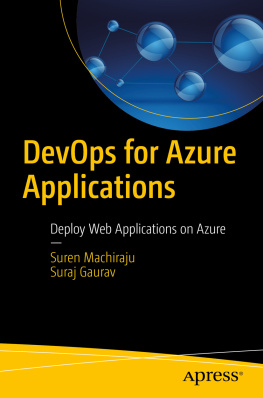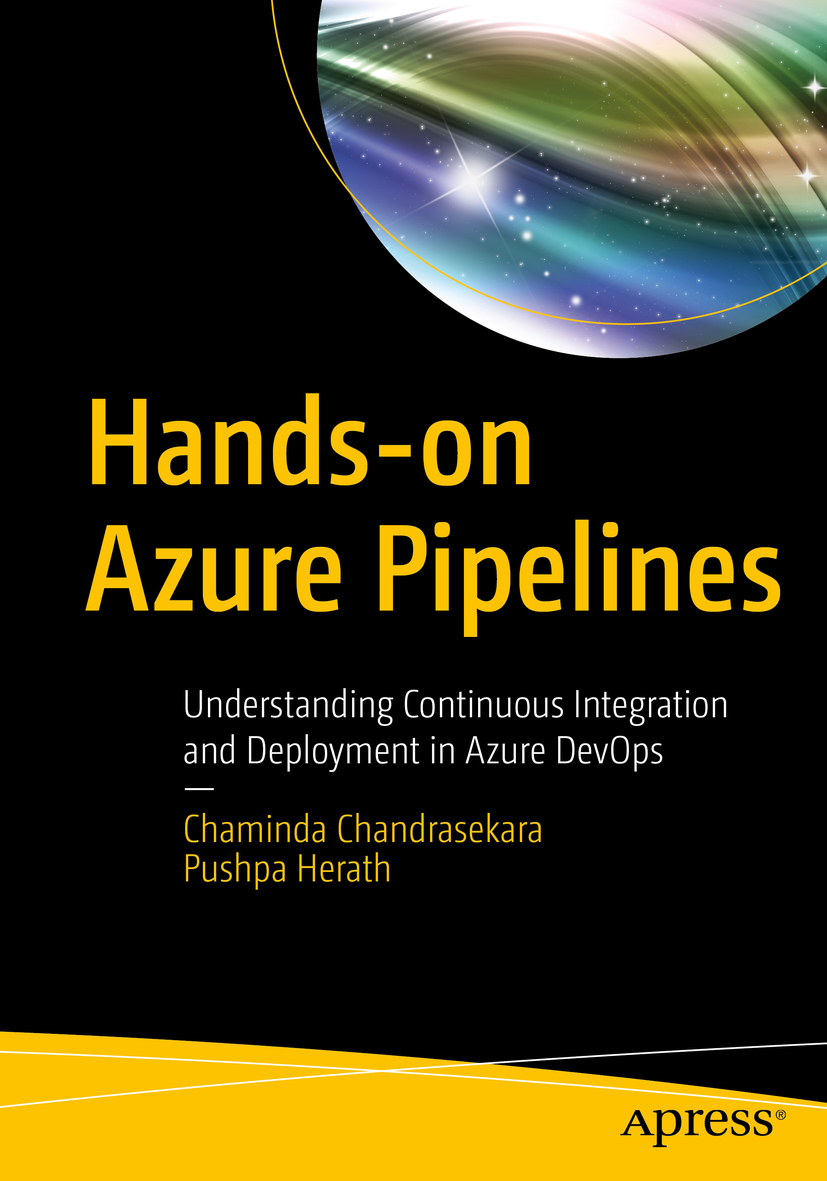Chaminda Chandrasekara - Hands-on Azure Pipelines: Understanding Continuous Integration and Deployment in Azure DevOps
Here you can read online Chaminda Chandrasekara - Hands-on Azure Pipelines: Understanding Continuous Integration and Deployment in Azure DevOps full text of the book (entire story) in english for free. Download pdf and epub, get meaning, cover and reviews about this ebook. year: 2020, publisher: Apress, genre: Computer. Description of the work, (preface) as well as reviews are available. Best literature library LitArk.com created for fans of good reading and offers a wide selection of genres:
Romance novel
Science fiction
Adventure
Detective
Science
History
Home and family
Prose
Art
Politics
Computer
Non-fiction
Religion
Business
Children
Humor
Choose a favorite category and find really read worthwhile books. Enjoy immersion in the world of imagination, feel the emotions of the characters or learn something new for yourself, make an fascinating discovery.
- Book:Hands-on Azure Pipelines: Understanding Continuous Integration and Deployment in Azure DevOps
- Author:
- Publisher:Apress
- Genre:
- Year:2020
- Rating:5 / 5
- Favourites:Add to favourites
- Your mark:
Hands-on Azure Pipelines: Understanding Continuous Integration and Deployment in Azure DevOps: summary, description and annotation
We offer to read an annotation, description, summary or preface (depends on what the author of the book "Hands-on Azure Pipelines: Understanding Continuous Integration and Deployment in Azure DevOps" wrote himself). If you haven't found the necessary information about the book — write in the comments, we will try to find it.
Build, package, and deploy software projects, developed with any language targeting any platform, using Azure pipelines.
The book starts with an overview of CI/CD and the need for software delivery automation. It further delves into the basic concepts of Azure pipelines followed by a hands-on guide to setting up agents on all platforms enabling software development in any language. Moving forward, you will learn to set up a pipeline using the classic Visual Editor using PowerShell scripts, a REST API, building edit history, retention, and much more. Youll work with artifact feeds to store deployment packages and consume them in a build. As part of the discussion youll see the implementation and usage of YAML (Yet Another Markup Language) build pipelines. You will then create Azure release pipelines in DevOps and develop extensions for Azure pipelines. Finally, you will learn various strategies and patterns for developing pipelines and go through some sample lessons on building and deploying pipelines.
After reading Hands-on Azure Pipelines, you will be able to combine CI and CD to constantly and consistently test and build your code and ship it to any target.
What You Will Learn
- Work with Azure build-and-release pipelines
- Extend the capabilities and features of Azure pipelines
- Understand build, package, and deployment strategies, and versioning and patterns with Azure pipelines
- Create infrastructure and deployment that targets commonly used Azure platform services
- Build and deploy mobile applications
- Use quick-start Azure DevOps projects
Who This BookIsFor
Software developers and test automation engineers who are involved in the software delivery process.
Chaminda Chandrasekara: author's other books
Who wrote Hands-on Azure Pipelines: Understanding Continuous Integration and Deployment in Azure DevOps? Find out the surname, the name of the author of the book and a list of all author's works by series.

